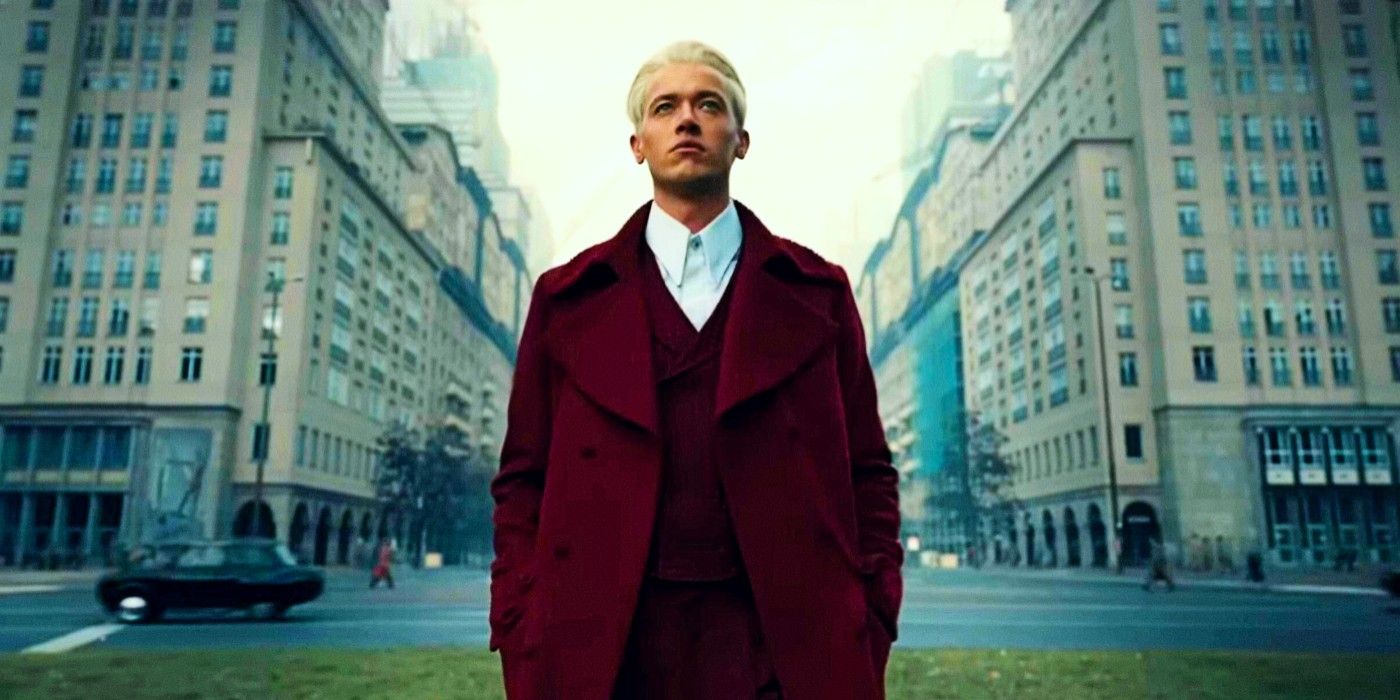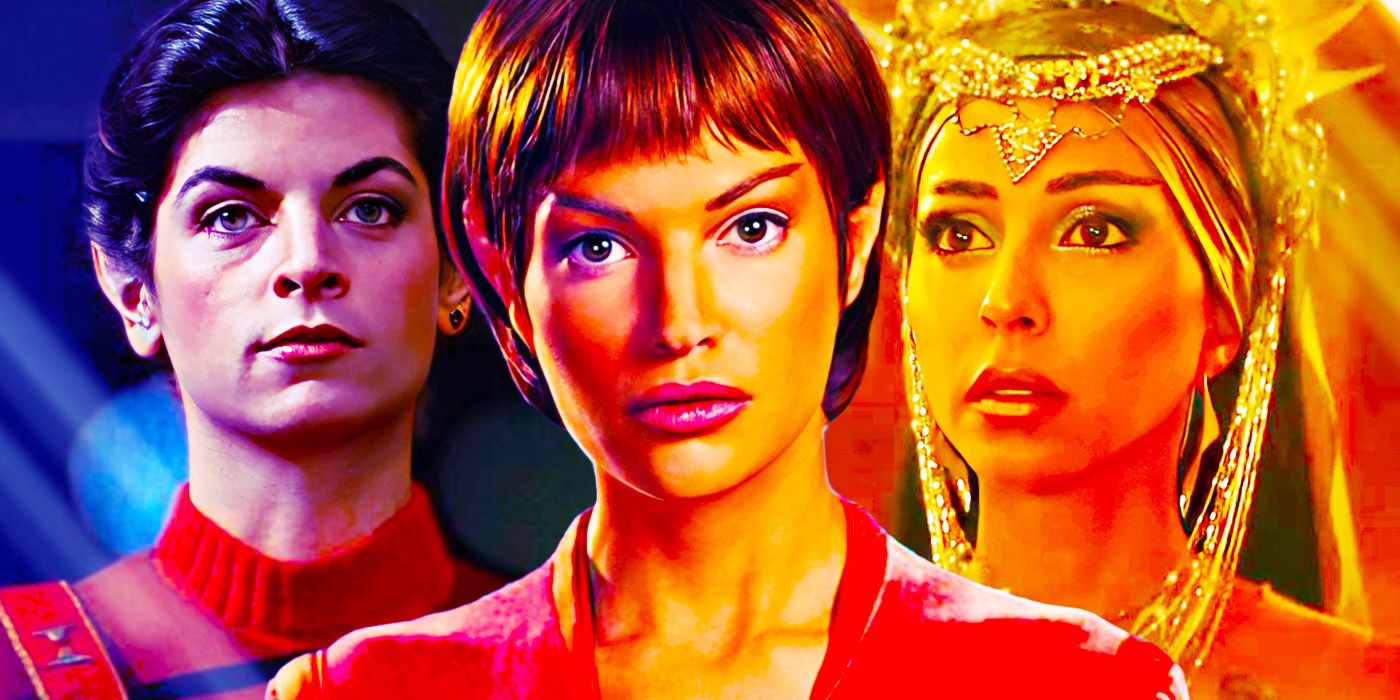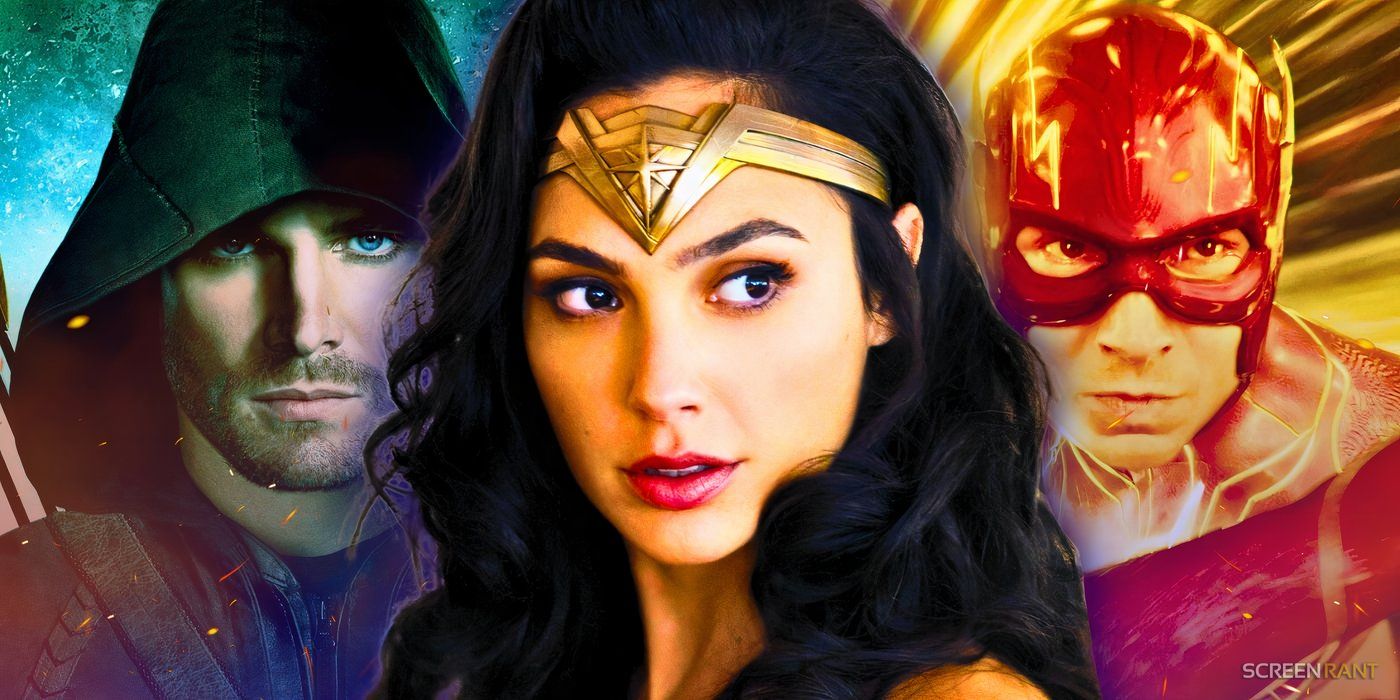Warning: SPOILERS ahead for The Hunger Games: The Ballad of Songbirds and Snakes.
The Hunger Games: The Ballad of Songbirds and Snakes producer Nina Jacobson breaks down the final scene between Lucy Gray Baird (Rachel Zegler) and Coriolanus Snow (Tom Blyth). The film premiered on November 17 and serves as a prequel to The Hunger Games series. It follows a young Snow who is called to serve as a mentor in the 10th annual Hunger Games and befriends the District 12 tribute, Baird. Initially, it seems as if Baird might humanize Snow through their relationship, but their ending takes a rather unexpected turn.
In an interview with People, Jacobson explained what Snow’s and Baird’s ending in The Ballad of Songbirds and Snakes means. Despite a romance having blossomed between the pair, their relationship takes a sharp turn by the end of the film, with Baird attempting to run away and Snow shooting at her. It’s unclear what happens to Baird, but Jacobson explained that the pair’s dark separation was the “final ingredient” in Snow’s transformation to the evil man he is in the original trilogy. Check out Jacobson’s statement below:
These are two characters who are survivors, and she feels that her survival still requires a moral code. He feels that survival at any cost is ultimately justified. When he suddenly realizes that she sees him differently, that is the final ingredient to that transformation.
The Significance Of Snow’s Final Scene With Lucy Gray

The ambiguous ending of The Ballad of Songbirds and Snakes has resulted in many questions and even some criticism from viewers. However, the film’s ending actually follows the ending of the book very closely. If anything, the book’s ending is a little more ambiguous as Baird’s sudden decision to leave wasn’t foreshadowed as in the film. Still, the film captured the major point of the book: Baird’s discovery of Snow’s crimes and his subsequent paranoia was necessary to complete his transformation to evil.
When Snow betrayed Sejanus Plinth (Josh Rivera) in The Ballad of the Songbirds and Snakes, it marked the beginning of his transformation, as it was an act of evil he simply couldn’t come back from. However, it’s not until Baird sees the real him, and he responds by wanting to kill the woman he once loved, that his transformation is solidified. Baird recognizes who he is and makes sure the haunting notes of the song she wrote, “The Hanging Tree,” get back to him through jabberjays to remind him he’s similar to the murderer the song is about.
After this scene, Snow is wholly transformed. He loses his last bit of humanity with the disappearance of Baird and wastes no time working to raise his status in a bold manner. Baird was just the final piece in the puzzle to him becoming the notorious President Snow. It may seem a little sudden on the surface, but the story carefully builds up his villain story, finding two major points that solidify his transformation. Baird may not have been part of Snow’s initial turn to evil in The Ballad of Songbirds and Snakes, but their falling out was necessary to complete the transformation.
-Featured.jpg)




